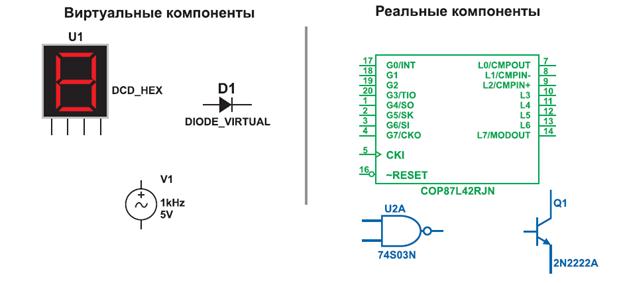Revision history
We note in the table below major changes between versions. Minor changes such as small clarifications or formatting changes are not noted.
Chapter 1: HTM Overview
Hierarchical Temporal Memory (HTM) is a machine learning technology that aims to capture the structural and algorithmic properties of the neocortex.
The neocortex is the seat of intelligent thought in the mammalian brain. High level vision, hearing, touch, movement, language, and planning are all performed by the neocortex. Given such a diverse suite of cognitive functions, you might expect the neocortex to implement an equally diverse suite of specialized neural algorithms. This is not the case. The neocortex displays a remarkably uniform pattern of neural circuitry. The biological evidence suggests that the neocortex implements a common set of algorithms to perform many different intelligence functions.
HTM provides a theoretical framework for understanding the neocortex and its many capabilities. To date we have implemented a small subset of this theoretical framework. Over time, more and more of the theory will be implemented. Today we believe we have implemented a sufficient subset of what the neocortex does to be of commercial and scientific value.
Programming HTMs is unlike programming traditional computers. With today’s computers, programmers create specific programs to solve specific problems. By contrast, HTMs are trained through exposure to a stream of sensory data. The HTM’s capabilities are determined largely by what it has been exposed to.
HTMs can be viewed as a type of neural network. By definition, any system that tries to model the architectural details of the neocortex is a neural network. However, on its own, the term “neural network” is not very useful because it has been applied to a large variety of systems. HTMs model neurons (called cells when referring to HTM), which are arranged in columns, in layers, in regions, and in a hierarchy. The details matter, and in this regard HTMs are a new form of neural network.
As the name implies, HTM is fundamentally a memory based system. HTM networks are trained on lots of time varying data, and rely on storing a large set of patterns and sequences. The way data is stored and accessed is logically different from the standard model used by programmers today. Classic computer memory has a flat organization and does not have an inherent notion of time. A programmer can implement any kind of data organization and structure on top of the flat computer memory. They have control over how and where information is stored. By contrast, HTM memory is more restrictive. HTM memory has a hierarchical organization and is inherently time based. Information is always stored in a distributed fashion. A user of an HTM specifies the size of the hierarchy and what to train the system on, but the HTM controls where and how information is stored. Although HTM networks are substantially different than classic computing, we can use general purpose computers to model them as long as we incorporate the key functions of hierarchy, time and sparse distributed representations (described in detail later). We believe that over time, specialized hardware will be created to generate purpose-built HTM networks.
In this document, we often illustrate HTM properties and principles using examples drawn from human vision, touch, hearing, language, and behavior. Such examples are useful because they are intuitive and easily grasped. However, it is important to keep in mind that HTM capabilities are general. They can just as easily be exposed to non-human sensory input streams, such as radar and infrared, or to purely informational input streams such as financial market data, weather data, Web traffic patterns, or text. HTMs are learning and prediction machines that can be applied to many types of problems.
|




